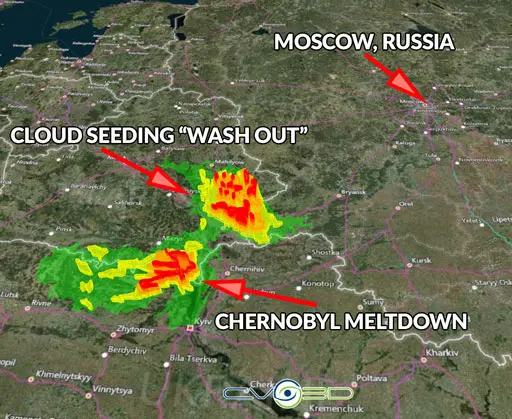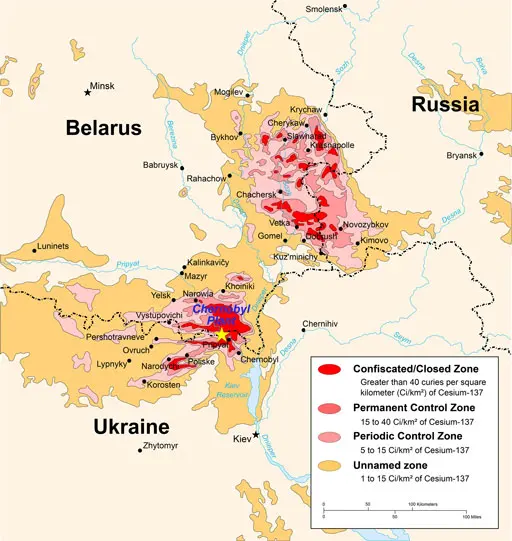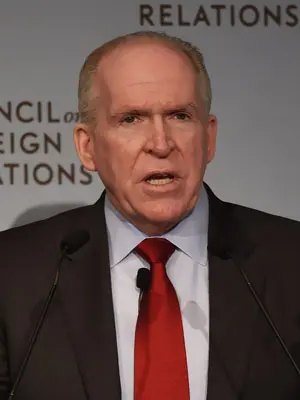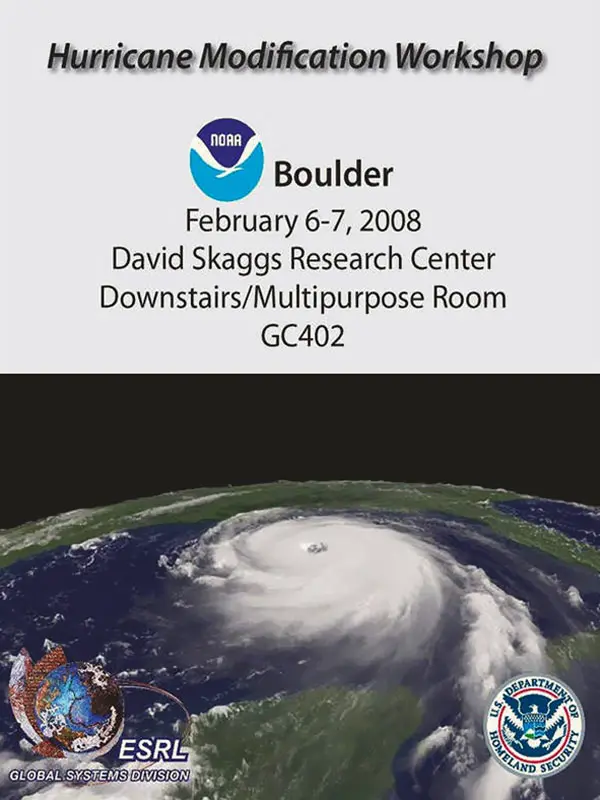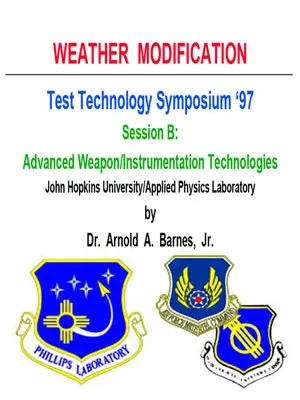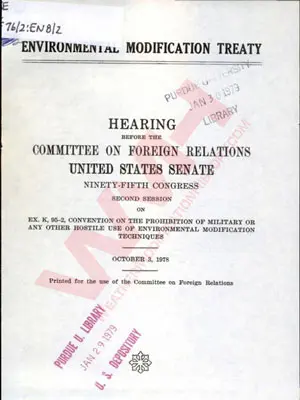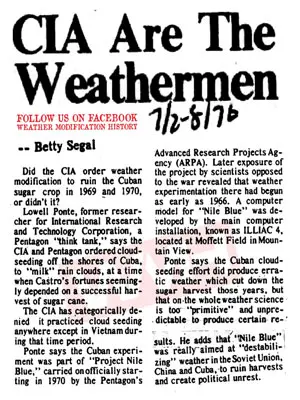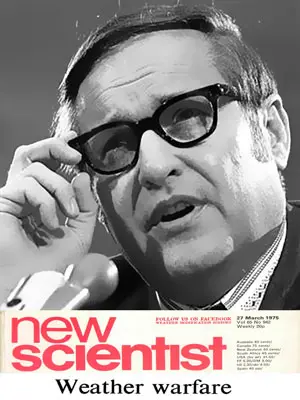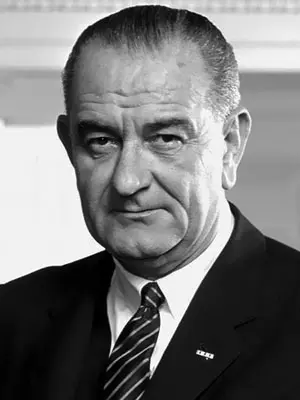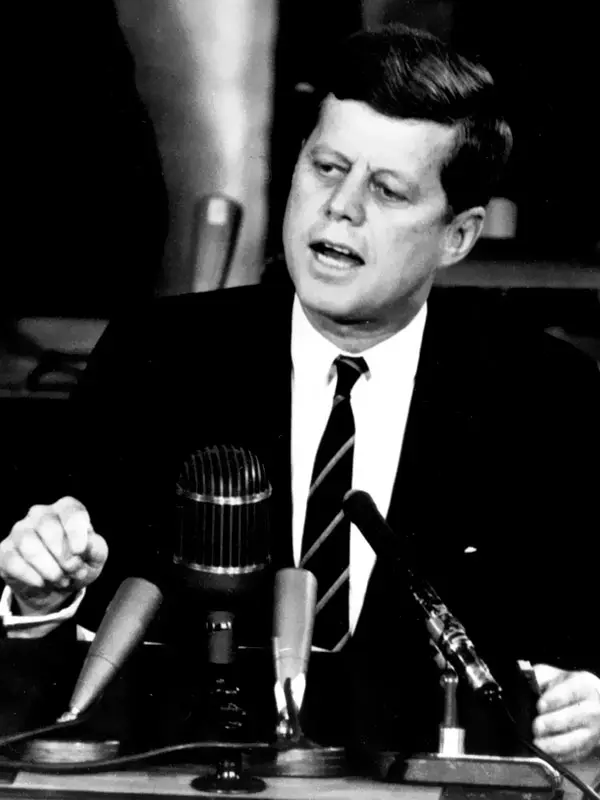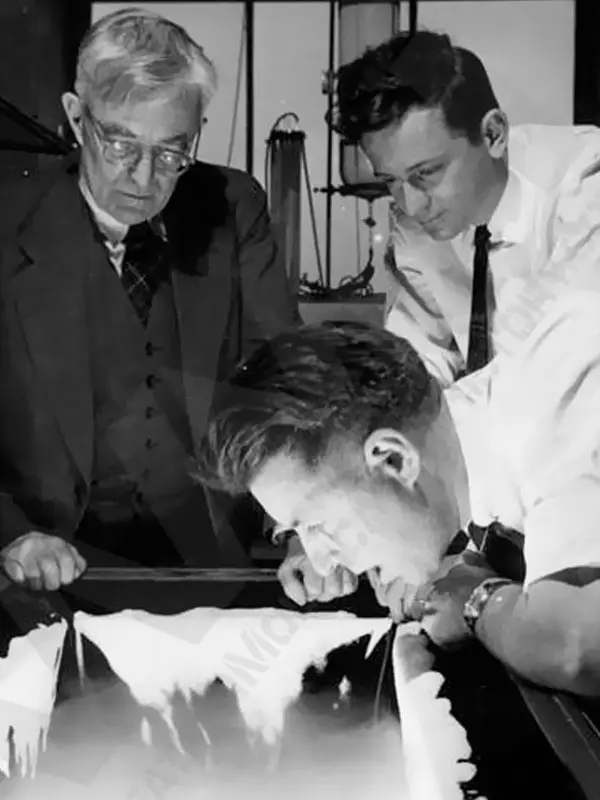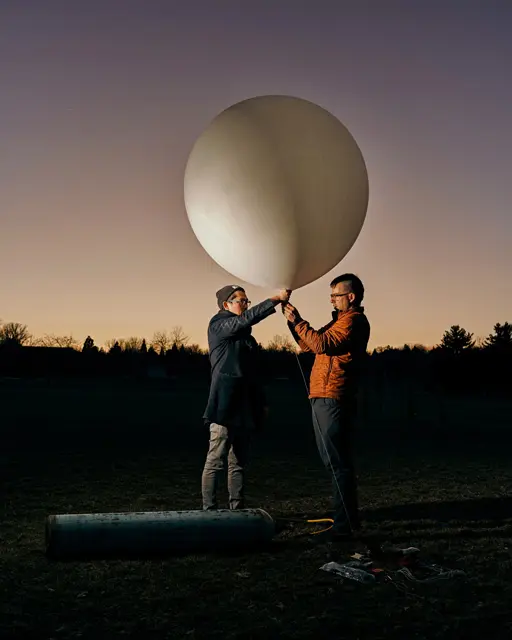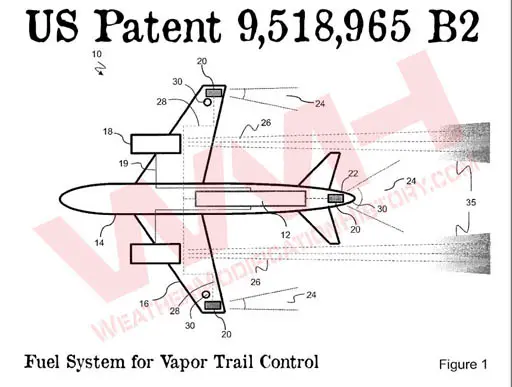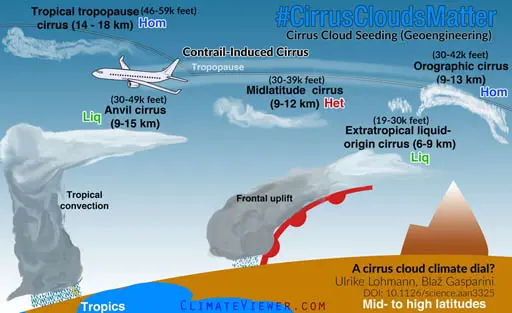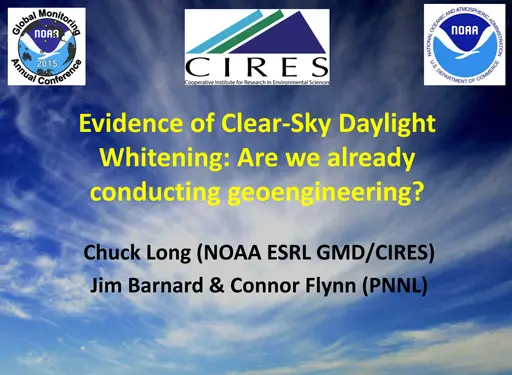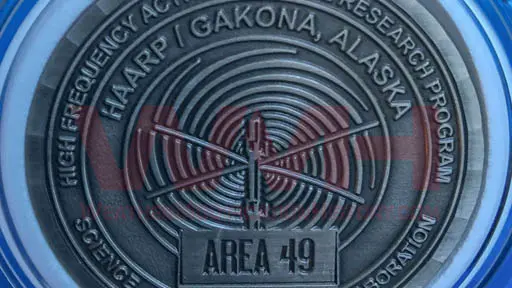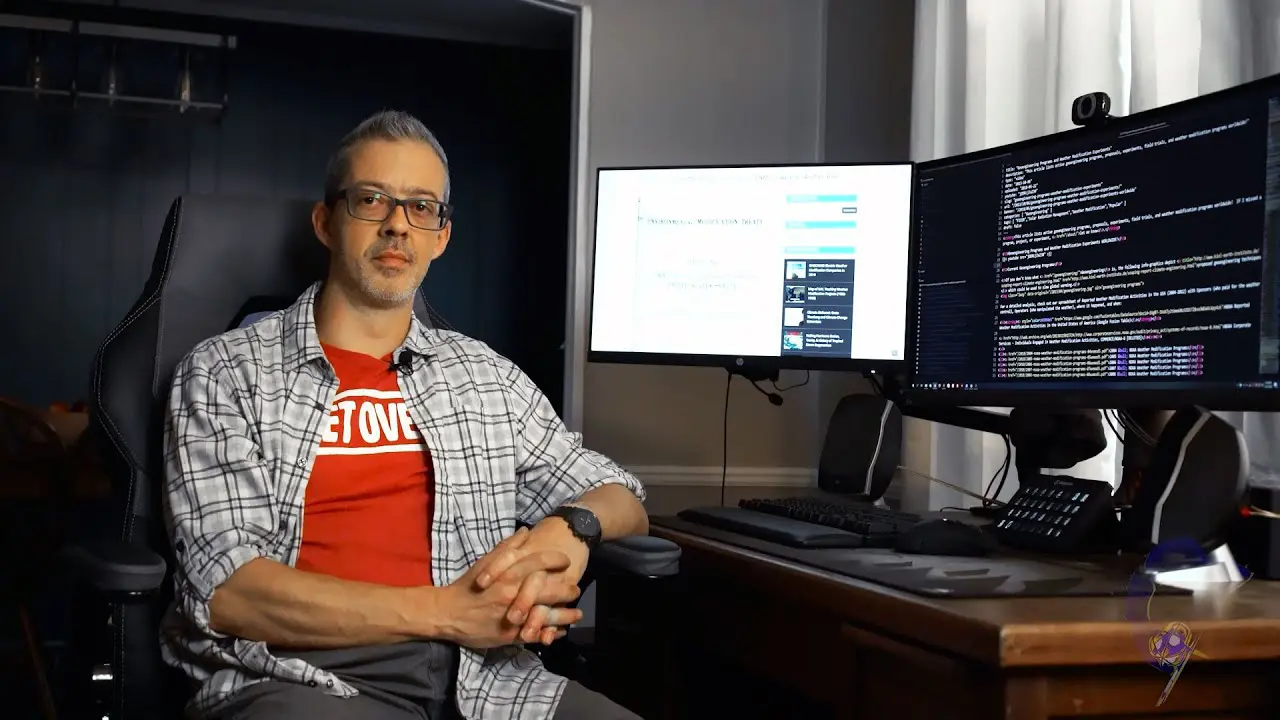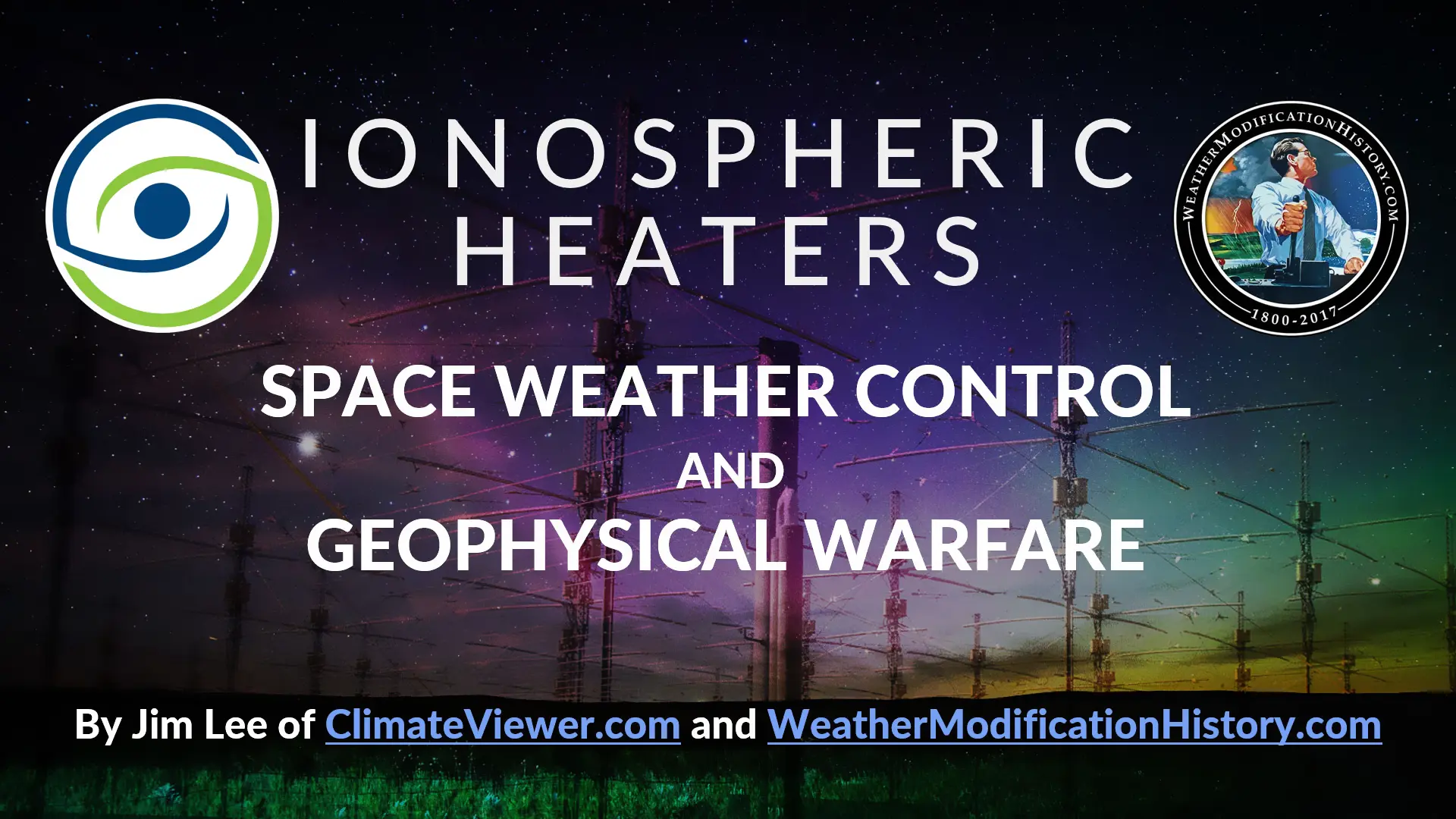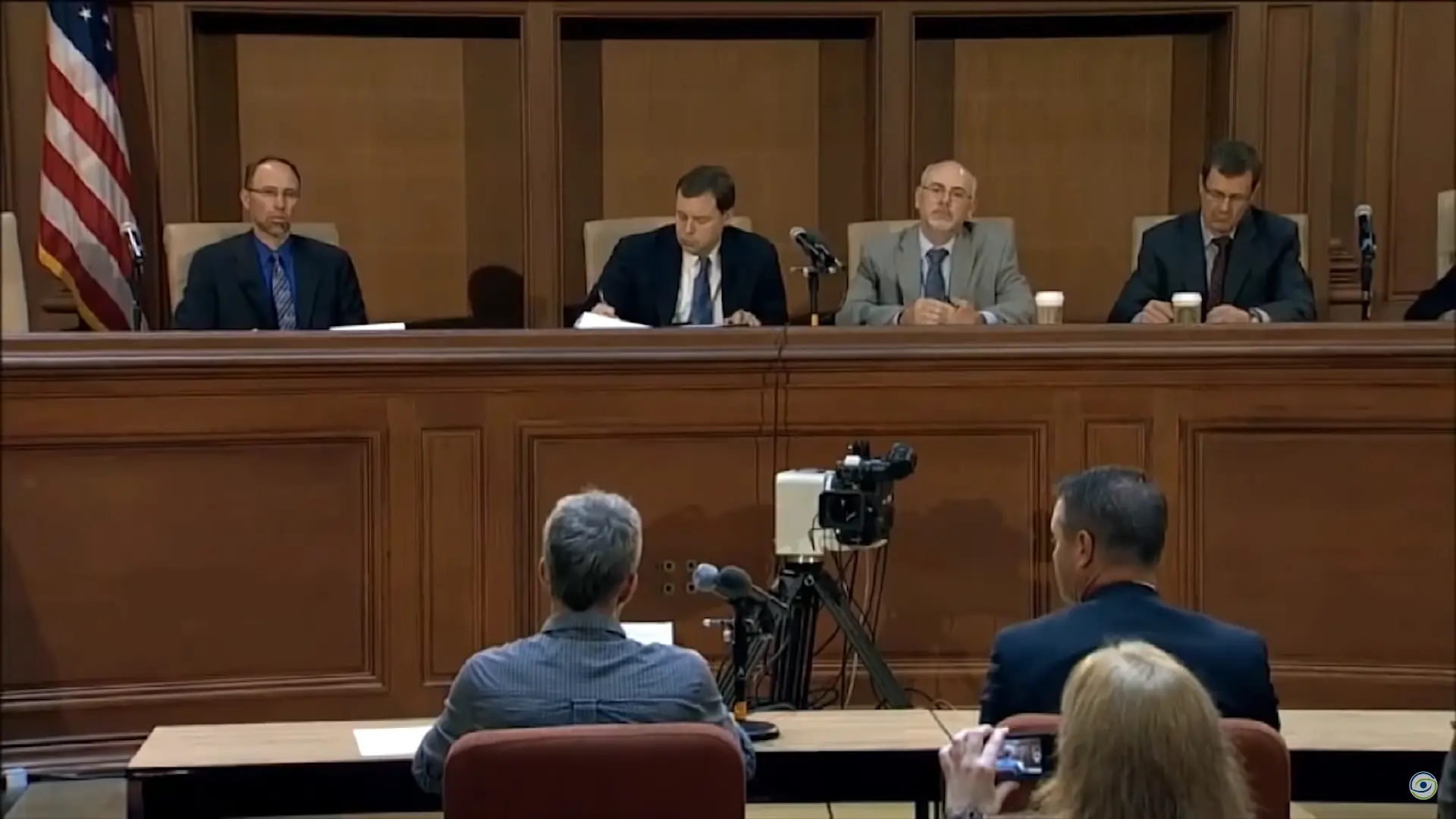Russia used cloud seeding over Belarus to prevent Moscow from receiving radioactive rainfall (fallout) from the Chernobyl nuclear reactor meltdown.
In 1986, the Soviet minister of hydrometeorology, Yuri Izrael, had a regrettable decision to make. It was his job to track radioactivity blowing from the smoking Chernobyl reactor in the hours after the 26 April explosion and deal with it. Forty-eight hours after the accident, an assistant handed him a roughly drawn map. On it, an arrow shot north-east from the nuclear power plant, and broadened to become a river of air 10 miles wide that was surging across Belarus toward Russia. If the slow-moving mass of radioactive clouds reached Moscow, where a spring storm front was piling up, millions could be harmed. Izrael’s decision was easy. Make it rain.
So that day, in a Moscow airport, technicians loaded artillery shells with silver iodide. Soviet air force pilots climbed into the cockpits of TU-16 bombers and made the easy one-hour flight to Chernobyl, where the reactor burned. The pilots circled, following the weather. They flew 30, 70, 100, 200km – chasing the inky black billows of radioactive waste. When they caught up with a cloud, they shot jets of silver iodide into it to emancipate the rain.
In the sleepy towns of southern Belarus, villagers looked up to see planes with strange yellow and grey contrails snaking across the sky. Next day, 27 April, powerful winds kicked up, cumulus clouds billowed on the horizon, and rain poured down in a deluge. The raindrops scavenged radioactive dust floating 200 metres in the air and sent it to the ground. The pilots trailed the slow-moving gaseous bulk of nuclear waste north-east beyond Gomel, into Mogilev province. Wherever pilots shot silver iodide, rain fell, along with a toxic brew of a dozen radioactive elements.
If Operation Cyclone had not been top secret, the headline would have been spectacular: “Scientists using advanced technology save Russian cities from technological disaster!” Yet, as the old saying goes, what goes up must come down. No one told the Belarusians that the southern half of the republic had been sacrificed to protect Russian cities. In the path of the artificially induced rain lived several hundred thousand Belarusians ignorant of the contaminants around them. [1]
Another official frequently mentioned in this context is Yuri Izrael, chairman of the State Committee for Hydrometeorology. It is widely believed, that Israel ordered the ‘seeding’ of the fallout plume over eastern Byelorussia, when it seemed likely that a change of wind would carry it back towards Moscow. [2]
Russian military pilots have described how they created rain clouds to protect Moscow from radioactive fallout after the Chernobyl nuclear disaster in 1986.
Major Aleksei Grushin repeatedly took to the skies above Chernobyl and Belarus and used artillery shells filled with silver iodide to make rain clouds that would "wash out" radioactive particles drifting towards densely populated cities.
More than 4,000 square miles of Belarus were sacrificed to save the Russian capital from the toxic radioactive material.
"The wind direction was moving from west to east and the radioactive clouds were threatening to reach the highly populated areas of Moscow, Voronezh, Nizhny Novgorod, Yaroslavl," he told Science of Superstorms, a BBC2 documentary to be broadcast today.
"If the rain had fallen on those cities it would've been a catastrophe for millions. The area where my crew was actively influencing the clouds was near Chernobyl, not only in the 30km zone, but out to a distance of 50, 70 and even 100 km."
In the wake of the catastrophic meltdown of the Chernobyl nuclear reactor, people in Belarus reported heavy, black-coloured rain around the city of Gomel. Shortly beforehand, aircraft had been spotted circling in the sky ejecting coloured material behind them.
Moscow has always denied that cloud seeding took place after the accident, but last year on the 20th anniversary of the disaster, Major Grushin was among those honoured for bravery. He claims he received the award for flying cloud seeding missions during the Chernobyl clean-up.
A second Soviet pilot, who asked not to be named, also confirmed to the programme makers that cloud seeding operations took place as early as two days after the explosion.
Alan Flowers, a British scientist who was one of the first Western scientists allowed into the area to examine the extent of radioactive fallout around Chernobyl, said that the population in Belarus was exposed to radiation doses 20 to 30 times higher than normal as a result of the rainfall, causing intense radiation poisoning in children.
Mr Flowers was expelled from Belarus in 2004 after claiming that Russia had seeded the clouds. He said: "The local population say there was no warning before these heavy rains and the radioactive fallout arrived." [3]
To crystallize one cubic km of [a] supercooled cloud, it is usually enough to seed it by several hundred grams of dry ice or [with] several grams of silver iodide.
After seeding a cloud or fog by ice particles in favorable conditions, an intensive cloud crystallization process begins, and in 5-10 minutes ice crystals are observed to fall out of the cloud.
In this case, one passage of a seeding airplane results in producing a dissipation zone with an average 3-5 km width.
The full clearing of the target site from cloud drops and precipitation particles occurs in 35-50 minutes after seeding.
The methods to destroy developing convective clouds differing in intensity, from cumulus congestus to cumulonimbus, using a dynamic technique, i.e. artificially generated downdrafts, were theoretically justified by scientists from the Russian Institute of Applied Geophysics and thoroughly tested under laboratory and field conditions by specialists from the CAO.
It has been found out that downdrafts in the upper cloud part can be produced by an artificial air jet directed downward, through seeding powders or dispersing water mass in it.
Also, downdrafts in a cumulonimbus congestus can be generated by enhancing precipitation falling into them from aloft.
The dynamic destruction of cumulonimbi through seeding their tops by powdery material has proved sufficiently effective.
Thus, the seeding of single-cell isolated air-mass clouds and frontal clouds accounts for a 90% and 60-65% score, respectively.
The seeding of 30 kg or more of coarse-dispersion powders (per cloud top) resulted in the destruction of single-cell isolated clouds within 10-20 minutes and frontal ones within 30-35 minutes.
The other two methods out of the four mentioned at the beginning of this section use weather modification techniques similar to that employed in the first method aimed at the dissipation of clouds and fogs.
In both cases it is possible to estimate the distance of advance seeding relative to the protected territory so as to prevent undesirable clouds and precipitation from reaching it.
In some synoptic situations, overseeding may prove to be the most appropriate procedure. This is due to its capability to reduce precipitation significantly and to its faster action facilitating the production of an artificial crystallization zone (with reduced or not precipitation) over a protected territory, which is especially important in conditions of a complex and variable wind field.
All the procedures and technical aids described above were employed successfully in the activities associated with eliminating the consequences of [the] Chernobyl disaster and improving weather conditions[s] in Moscow (November 7, 1984; May 8-9, 1995, September 5-7, 1997, July 13 and 19, 1998, May 9, 2000, September 2-3, 2000, September 1-2, 2001, June 12 and 15, 2004; August 31 and September 1, 2002), Tashkent (1994-2002) and Astana (June 9-10, 1998). [4]


